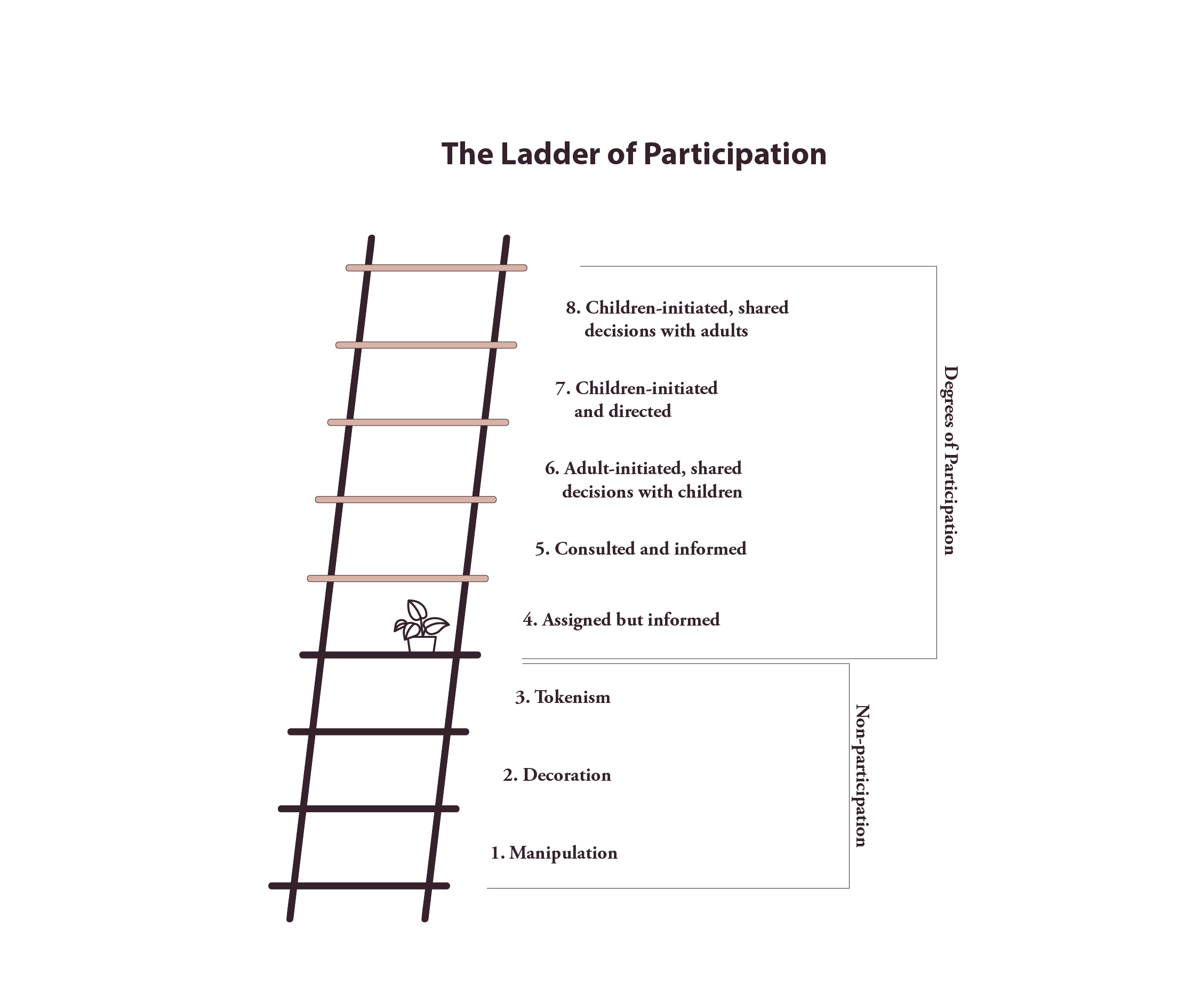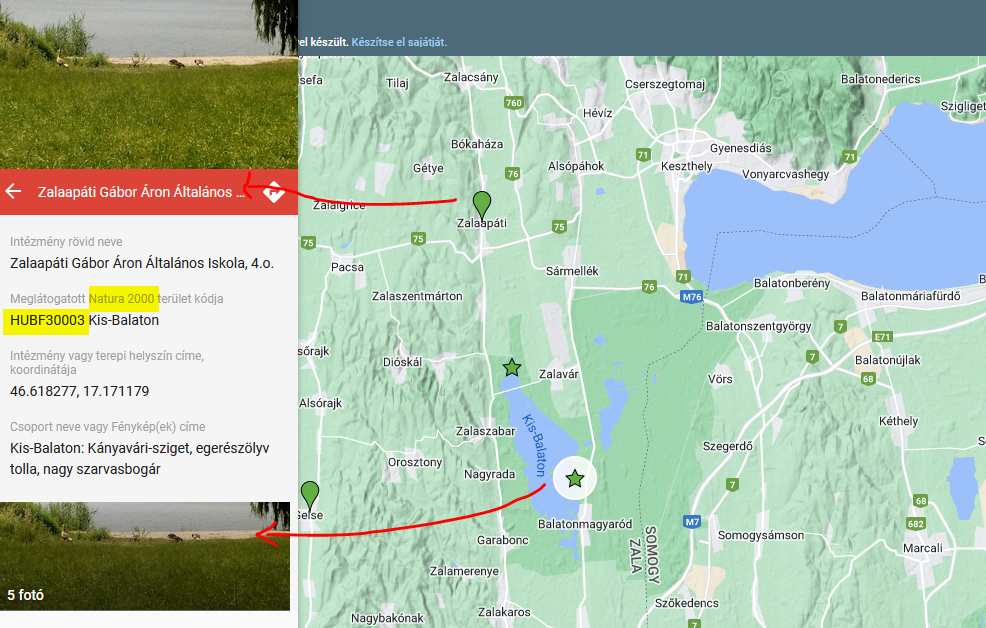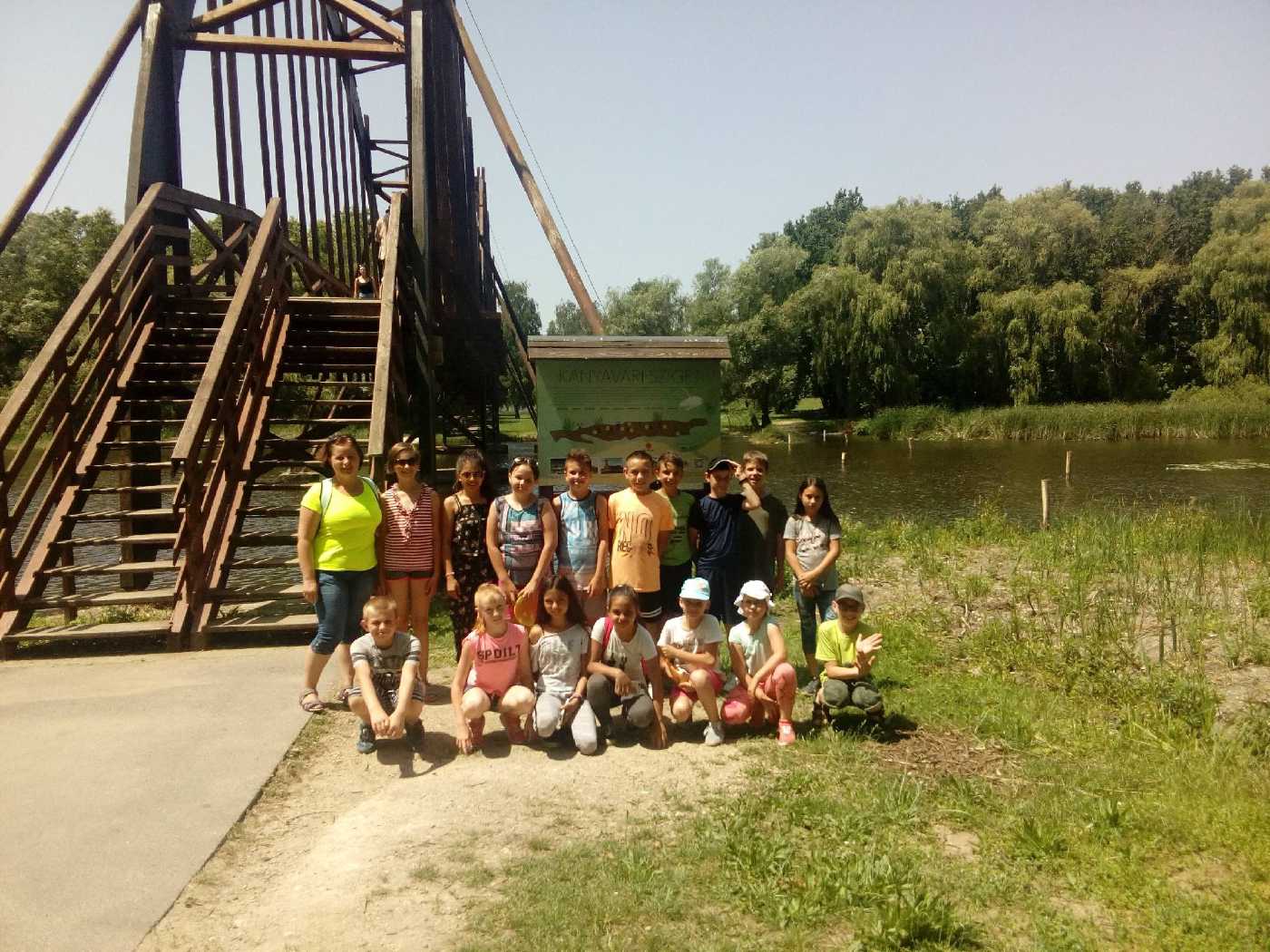Traces of Life Action
Community project from photo sharing to local N2K

“On the occasion of the green-letter days marking the end of spring and the beginning of summer, we joined the “Traces of Life” Action. Our task was to find the Natura 2000 area closest to our school, visit it and observe the signs of life of the plant and animal species living here. We [the Naturalist Group of the school] cycled into the Pati forest, where we detected several signs of life from the native species. We will send the photos from the tour to the competition and we are eagerly awaiting the results of the draw.” (Márta Jakab, Kaposmérő)


Specification of what the reader will learn
- How do we get groups of 5-17-year-old students to explore their own natural environment using smart devices and the Internet?
- A better understanding of a complex concept of nature conservation (i.e. species and habitats of community importance, designing Natura 2000 areas) is facilitated by multiple social experiences and the joint creative task, as well as its publicity.
- The sense of community across the grades is strengthened by the annual attention to nearby natural values.
Purpose and objectives of the specific programme in the context of participative approaches
„Traces of Life” Action intends people to learn about the Natura 2000 concept, experience-based learning in field, bond with natural values and with their greater community, and the use of digital opportunities for environmental education.
„Traces of Life” Action for kindergarten and school groups invites youngs to identify the closest Natura 2000 site (based on investigation, or on the help and tradition of the upper grades), to visit and to document it with photos. A collective (countrywide) map shows the uploaded photos together with the Natura 2000 site code, and with the group data. Then, look for photos of nearby kindergartens and schools on the shared map, as well as see other groups visiting “their” Natura 2000 area and their photos.
The purpose of the Action is to get to know local and at the same time common European natural values, to bond with them, and to bond with other groups focusing on the given natural value. The annual photo-tour supports the relationship between the grades and cohorts, as they compare the pictures taken of the landscape, the living creatures there, their traces and themselves. While the particular landscape section (i.e. the nearest Natura 2000 area) becomes familiar, its change is also registered by the kindergarten or school community. In addition to pride in local values, virtual publicity also helps to strengthen relationships between groups committed to environmental education.
In addition to groups of children, the Action is also suitable for family, professional, settlement, leisure and other groups throughout the European Union, as long as a Natura 2000 site is within reach of their place of residence or workplace, and they can visit it at least once a year.
Terminology
Natura 2000: Created by the European Union, Natura 2000 is an interconnected European ecological network that ensures the protection of biological diversity through the protection of natural habitat types, wild animal and plant species of community importance. The Natura 2000 area network and the system of measures are intended to maintain biodiversity in Europe by enabling the various utilization of natural resources. The Natura 2000 system is an easy-to-understand construction that makes several types of otherwise complex unsustainability problems and the concept of biodiversity more understandable. The system’s territorial network covers a fifth of Hungary’s territory and can be reached within 20-25 km from any settlement.
Important pillars and ingredients of the specific program
The Action period (the last week of May and the first week of June) is rich in famous green days, and at the same time it is also the time for class trips. Many living creatures, including the Natura 2000 designing species, are easier to encounter than in other seasons. If we were to organize the Action in autumn or winter, we would rather encounter the traces and signs of life of living beings (fruits and seeds, footprints, chew marks, droppings, characteristic hiding places, abandoned feathers or hairs, etc.). Recognizing and valuing them is also important.
The Action does not aim on botanical or zoological recordings, but creates photographic documentation. The knowledge of the site of the adults accompanying the group is important. However, knowledge of the species is not vital, as others can determine them based on the photos, and we can also turn to mobile applications (fajbook, inaturalist, etc.). There are many easily recognizable species among the Natura 2000 species, but at the same time, the life traces of the animals often allow only for an approximate lay definition. Let’s be satisfied with all this! Don’t upset anyone if you can’t answer all the questions!
In order to identify some uploaded life trace, we operated a contact and feedback email address during the annual Action weeks and for another two weeks after that. This function was only needed in two cases.
Accompanying adults can prepare themselves about the selected Natura 2000 area in advance. To do this, you may read the Standard Data Sheet of the given area on the website and note some interesting facts. In section 6.3. (Nature protection measures) of the Hungarian and English descriptions, we will surely read a lot of interesting things. In sections 3.1. and 3.2. we find the important habitats and species of community importance (i.e., those that made designing the area as Natura 2000 site) that can also be found in the field. You can find more information about the species (based on their names) online.
To create a surface suitable for uploading photos and text, ask your web administrator for help. We used a map based on Google Maps, and the photos and data on it were made public after a short (security) check.
It is important that the map remains available for years, as this is the guarantee that the attachment of the participating communities develops not only spatially, but also based on repeated experiences over time.
In the first year, we had the opportunity to give gifts to roughly half of the uploaders using a simple lottery method. In the other years, the groups were happy to go on trips, take photos and browse among the uploads of others even without rewards. If we do not expect a large reach, then we do not need to advertise the Action expensively.
Since the nearest location should be found and discovered, getting to the location is not expected to be burdensome, neither in terms of time nor money.
For groups without own smart device (for example, in the case of kindergarteners), the accompanying adult takes the photos, or a photo of the creations completed after the visit (drawings, montages, etc.) can also be uploaded.
Risks encountered during the implementation of the specific
The risks of the trip are no different from the risks of any other excursion.
It is important for the organizer that the IT background is stabile.
It is important for both the organizer and the participants that the photos and texts uploaded by the various participants do not violate either data protection rights or ethical requirements. To this end, the Call for Action must be carefully worded, and the data submitted for uploading must be checked before or after publication. Offensive uploads must be deleted, preferably by notifying the uploader at the same time. This did not happen in our case.
Impact on pupils, students’ competencies
The Traces of Life Action develops the following competencies in participating students:
- curiosity, intent to discovery
- observation in nature
- individual and joint creative work, photography
- responsibility for public communication
- responsible use of smart devices and the Internet
- data search and interpretation on the Internet
- experiencing personal involvement and belonging to the local community
- knowing and accepting a type of common European values, experiencing Europeanness
- understanding nature conservation measures
- appreciation of nature’s contributions to people.
Impact on the class, school, local community
Observations and photography are managed by school classes, school groups, and kindergarten groups, and this has a community-strengthening effect. The local — and at the same time Europe-wide important — life signs and traces of life presented to the public by the participating groups fill them with pride and strengthen their connection to nature and their place.
Special community strengthening comes from the fact that photography teams visiting the same micro-region or landscape each year know about each other and know each other’s photos. This strengthens their ties to the landscape, to the Natura 2000 community value, and to each other. This effect is clearly visible in the results (uploads) of the older and younger groups of the same institutions: as if it had become their responsibility to visit the landscape and value already documented by the previous year. The strengthening of the community can also be felt within year, as the participants also look at the photos and data of other teams in the area.
The “Traces of Life” outdoor action and award for children groups of eco-institutions (a photo-sharing campaign, similar to which there are many on social platforms,) was founded in May 2016 in the eco-school working group of the Educational Research Institute. In 2018, the Directorate-General for Environment of the European Commission announced a photo campaign for the whole of Europe on the occasion of Natura 2000 Day, which is almost exactly the same as the above Traces of Life Action. This fact confirmed the Hungarian Eco-Schools Network that environmental education can be planned in the field and online at the same time. It was also an important that belonging to the local community and to the European community can be experienced at the same time.
After May 2016 and 2017, we could not announce the Action in 2018 due to the transformation of the Educational Research Institute. Based on the good experiences of previous years, many groups of green kindergartens and eco-schools nevertheless organized their photo tour to the nearby Natura 2000 area and reported on it on their own website (see examples here and here).
Further sources
and the maps and fotos are on Google Maps